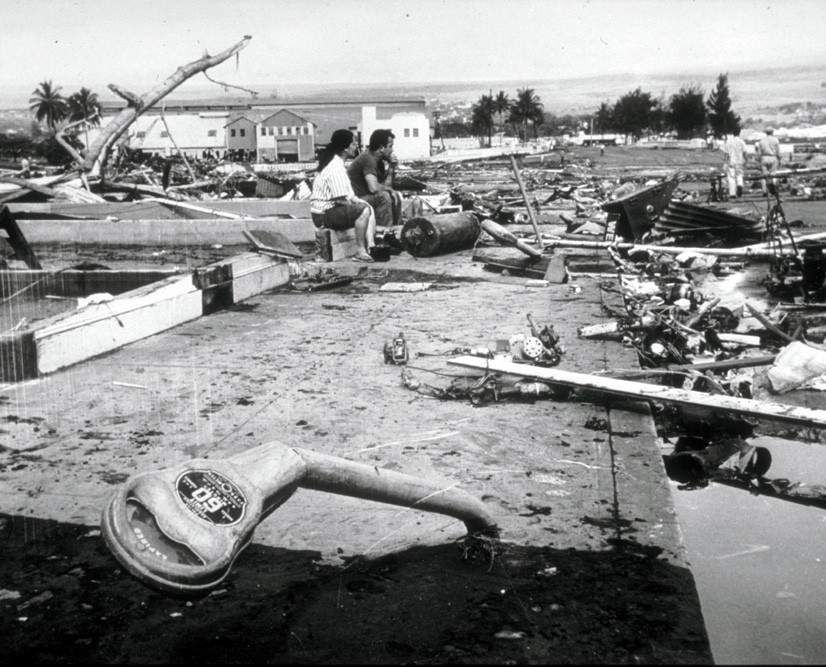Ka Mokupuni o Hawaiʻi
- useduforce

- Feb 26, 2022
- 3 min read
Updated: Mar 22, 2022
Aloha kākou! Pehea kākou i kēia lā? Maikaʻi au no ka mea e hoʻopaʻa ana au i nā mokupuni o Hawaiʻi. Eia nā mokupuni o Hawaiʻi!
[Hello everyone! How are we all today? I’m well because I’m studying the islands of Hawai’i. Here are the Hawaiian islands!]
Nā Mokupuni o ka Mokuʻāina ʻo Hawaiʻi:
[The Islands of the State of Hawaii]
Hawaiʻi; inoa: The Big Island
Maui; inoa: The Valley Isle
Kahoʻolawe; inoa: The Target Isle
Lānaʻi; inoa: The Pineapple Isle
Molokaʻi; inoa: The Friendly Isle
Oʻahu; inoa: The Gathering Place [state capital: Honolulu]
Kauaʻi; inoa: The Garden Isle
Niʻihau; inoa: The Forbidden Isle
^ Not listed here are each island’s official colors and flowers, similar to what we have for each state of the United States! Maps often ignore Kahoʻolawe and Niʻihau as there aren’t any tourist attractions on either of these islands.
Also note the spelling of each island’s name. Often in English, we omit the ʻokina (apostrophe signifying the glottal stop) and the kahakō (macron, or line over certain vowels, indicating a longer sound). This inevitably affects the pronunciation of even the name of the state! Familiarizing yourself with the correct pronunciation of the names of the Hawaiian Islands is good practice in correctly pronouncing the language itself!
Makemake au e hoʻopaʻa haʻawina i hoʻokahi mokupuni i kēia lā: ka mokupuni nui o Hawaiʻi.
[I want to study one island today: the big island of Hawaiʻi.]
This island hosts many national parks and protected areas, including the Hawaiʻi Volcanoes National Park which features two active volcanoes. The first: Mauna Loa (“Largest Mountain”) - the largest volcano [rising above sea level] in the whole world! Also remarkable is the volcano Kīlauea that continuously erupted for 35 years until just two years ago (1983 to 2018).
Kīlauea and the other four volcanoes occupying this island have created a weather condition that doesn’t occur on the mainland: vog - volcanic fog.
In Hawaiian, the noun “vog” and its adjective “voggy” is translated as polalauahi. Those of you who have practiced ʻōlelo Hawaiʻi on Duolingo, might recall this vocab term along with a few example sentences:
Mao ka polalauahi.
[The vog has cleared.]
Polalauahi ʻo Puna.
[Puna is voggy.]

Mauna Kea (left) and Mauna Loa (right)

Volcano zones on the Big Island
The Big Island’s dormant volcano Mauna Kea (“White Mountain”) is also a perfect location to study astronomy. MKO [Mauna Kea Observatories], found in the city and county seat Hilo on the East Coast, takes advantage of Hawaiʻi’s almost non-existent light pollution. That is to stay, Hawaiʻi doesn’t produce nearly as much light as the mainland with its large cities constantly aflare, and it is surrounded by the dark oceans, making it ideal to study the stars clearly.

Mauna Kea Observatory (MKO) in Hilo
As mentioned, Hilo is a well-known city in Hawaiʻi located on the East of the Big Island. Its district is divided into two: Hilo ʻākau (North Hilo) and Hilo Hema (South Hilo). In addition to its observatories, the city is also known for its macadamia nut production and the Merrie Monarch Festival - a week-long hula tournament! It honors the 19th century King David Kalākaua and his efforts to restore Hawaiian culture, including the hula dance.

Merrie Monarch Festival, 2019
Hilo was also tragically devastated twice by tsunamis (1946, 1960). After the first disaster, an emergency system that detects and warns of incoming tsunamis was implemented in 1949.

Tsunami disaster in Hilo, 1946
On the West Coast is the city Kailua-Kona, often referred to simply as Kona. It is also divided into two: Kona ʻākau and Kona Hema. It was historically the capital of the Hawaiian Islands after King Kamehameha I united all 8 mokupuni. Currently, Kona is known for its coffee production as well as the Ironman World Championship Triathlon that has been held every year since 1978.

Ironman World Championship Triathlon 2019 winner Jan Frodeno, in Kona

Hawaiian cities and districts, including Hilo and Kona
Hua ʻōlelo [Vocab] -
- ʻokina = apostrophe signifying the glottal stop
- Kahakō = macron, or line over certain vowels, indicating a longer sound
- inoa = name
- Mokupuni = island
- Mokuʻāina = State
- Mauna = mountain
- Loa = very; can signify Superlative (e.g. longEST, biggEST, MOST beautiful)
- Kea = white
- Polalauahi = vog, voggy
- ʻākau = right (direction); North
- Hema = left (direction); South
SOURCES:
~~~


Comments